My Journey From Phase One To Fujifilm GFX 100
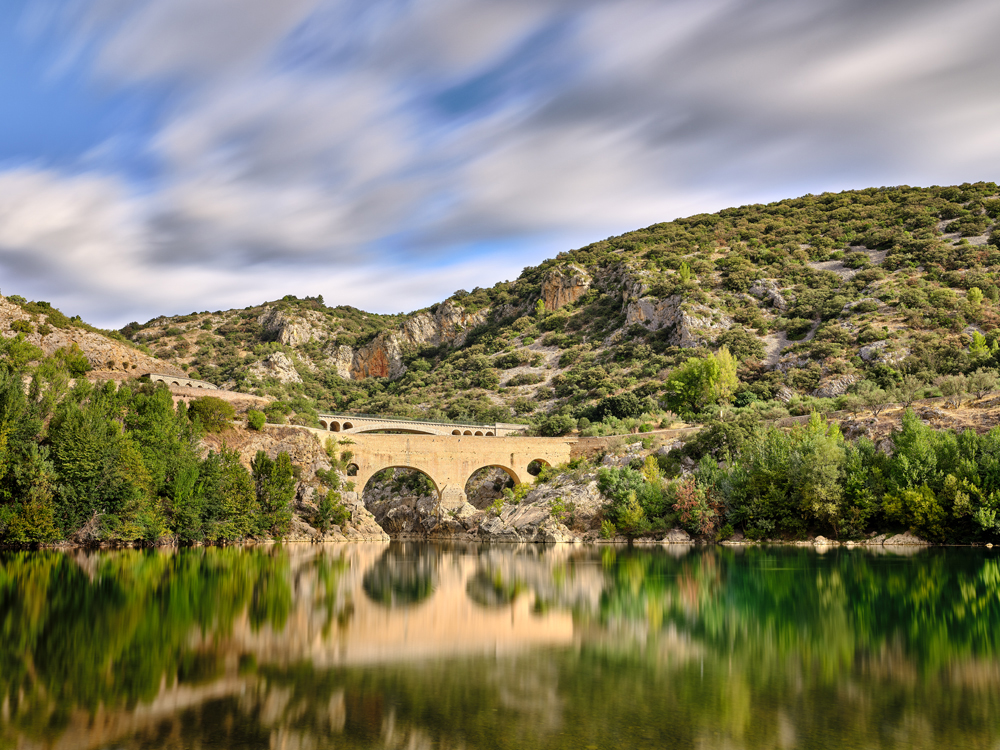
We all have different reasons for purchasing the gear we do and switching to a different system when we feel the need. Some people have called me crazy and others smart for having switched from Phase One to Fujifilm. What follows is the journey that led me first to a tech camera system with a Phase One back and then to Fujifilm’s GFX system.
Phase One, Arca-Swiss, and Rodenstock
My initial foray into the Phase One system, was when I was an architectural photographer in the Washington, D.C. area, and wanted more out of his gear: more precision, more accuracy, greater dynamic range, better color, and more bit-depth. The increased resolution was a bonus in my eyes but not something which was a requirement. Soon after, I was given the opportunity to move to southern France, which allowed me to be closer to the structures and landscapes which I wanted to photograph and in an area where the light was found to be magical. The place I was moving to was, by American standards, close to where some of the greatest painters who have ever lived, painters who clearly knew their quality of light, had worked. From a business perspective, it also helped that I had a few leads on potential new clients.
So, in pursuit of totally going after what I wanted for my artistic expression and my career and getting equipment that would give me the quality and precision I wanted, an investment was made in what I thought would be my absolute dream system for the kind of work I was doing. A Phase One IQ3 100MP back, an Arca-Swiss RM3Di tech camera body, three Rodenstock HR Digaron W lenses, and a Rodenstock HR Digaron S lens were purchased after significate research and deliberation. This was no light decision. It had been over a year in the making, and I was putting down a serious amount of money.
Let me just say, right now, that the Rodenstock lenses are the best lenses I’ve ever used. The lack of distortion is simply amazing, and I really enjoyed the solid metal construction of the lenses, although have never been used in sub-zero temperatures. The widest lens of the group, the 23mm f/5.6 HR Digaron S, when used with the IQ3 100MP back has a diagonal field of view equivalent to a 15mm lens on a full-frame 35mm DSLR. I could put a straight vertical line from a building right up against the edge of the frame without seeing any distortion at all. The 32mm f/4 HR Digaron W is hands-down the best lens I have ever used in all aspects: resolution, sharpness, contrast, low distortion, large image circle, and color rendition. All of the Rodenstock HR Digaron lenses take optics to a crazy high level.
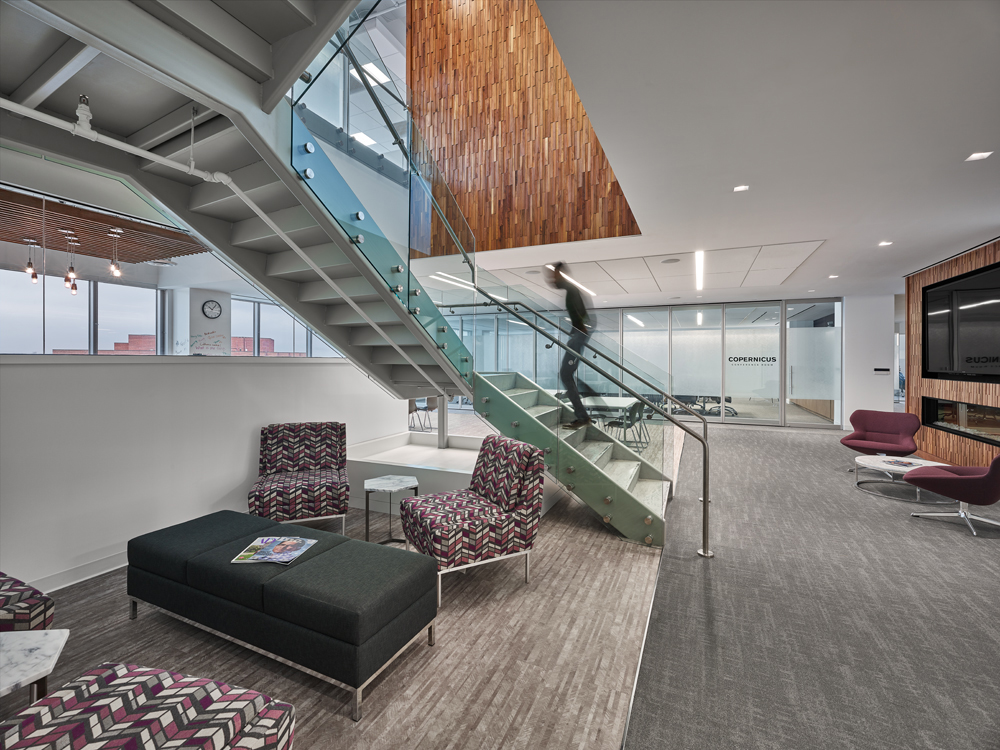
After arriving in France with my family and settled in, I began going about the details of setting up my business and was hit with a culture that moves at a much slower pace and much less efficiently than American culture. Some of this was expected, but I was honestly unprepared for the extent of it. The well-known the bureaucracy of D.C. was familiar to me, but France takes it to another level. It wasn’t just the bureaucracy though; the pace of life in the south of France is slower. It forces you to slow down, much as tech cameras do. It was in some respects the polar opposite of Washington, D.C.
On my first trip back to Washington, I decided to shoot all 12 jobs I had lined up with the Phase One/Arca-Swiss system. It was a great opportunity to put the new workflow which I had developed into practice in a real work environment. Conducting blind tests to see the reactions of my clients when they saw the details and nuances of color available in the new files was part of the workflow. The difference in the image and the details in the files was clear to me, but would it be clear to my clients?
I was not only looking to get precise compositions that would have been impossible without a tech camera but to travel with less gear and have a smaller footprint on location. My clients in Washington were all looking for ways to minimize our presence in their clients’ spaces so they could be less of a nuisance yet could continue to get the images they needed for their portfolios. While in the past many of them had hired photographers who had come in with palettes of scrims, hot lights or strobes, and other equipment, they were looking for someone who could come in with a relatively small footprint and keep the photo session short. Typically, I was able to operate with a relatively small footprint, but hoped that the Phase One tech camera system would cut down on the overall time and gear needed.
In the end, none of my clients, as in not-a-single-one, cared about the increased quality that was gained from the Phase One system. What stuck in their minds the most was how much additional time it took at the beginning of each composition to get things rolling. I, however, loved working with it. I loved the look I was able to achieve using less supplemental lighting. I loved every aspect of the image quality.
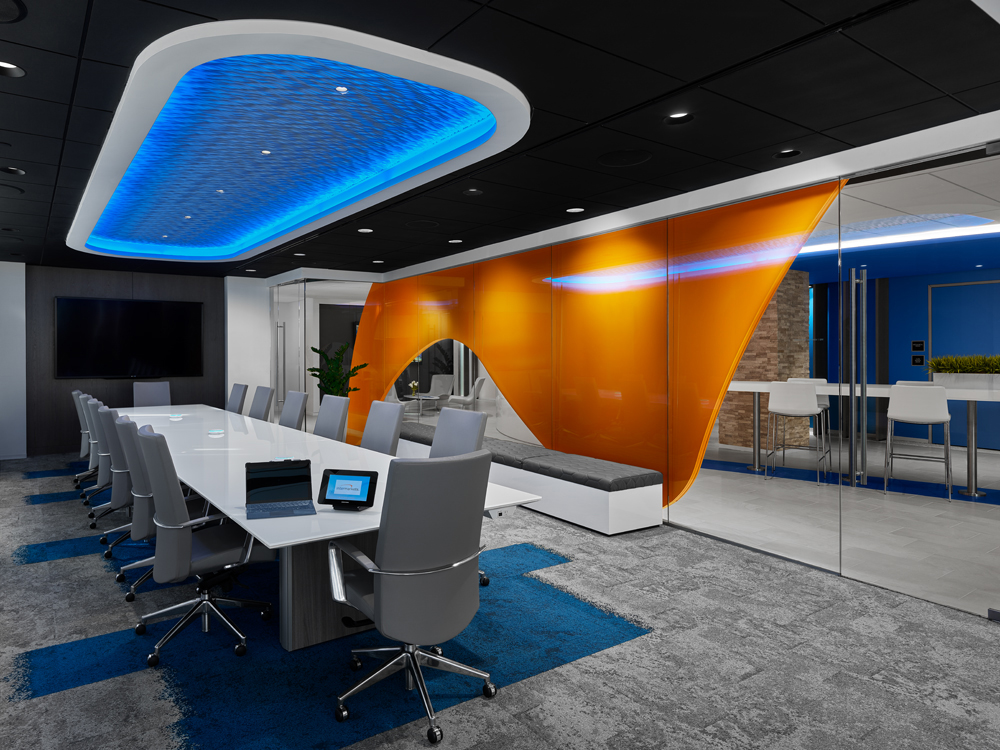
The Benefits and Limitations of My Phase One System
In practice, the Phase One setup gave me images I couldn’t get with any other system, at least until Fuji introduced the GFX 100. The camera could be precisely positioned to get the exact perspective wanted and then the butter smooth geared, dual-axis shift capability was used to recompose the shot exactly how I wanted it. The vast dynamic range allowed me to expose for the highlights and then bring up the shadows without introducing noise or having to use supplemental lighting, and the 16-bit color allowed me to more precisely finesse the color without introducing banding.
The focusing mechanism on the Arca-Swiss RM3Di is the most precise, most accurate system I have ever used. My belief is it’s the best system for pulling every little bit of resolving power out of the Rodenstock lenses and 100 megapixels. However, all that detail came at a price. It took me longer to get the focusing and the depth of field exactly when I first set up a shot because the resolution, as would be expected with any 100 megapixel camera, as it allowed me to see what was in and out of focus much more clearly.
Also, my architectural workflow most of the time involved multiple images of the same scene, all precisely aligned in-camera for compositing. I had to make quite certain there was not even a tiny bit of movement of the 100-megapixel sensor. With the mechanical Copal shutter, which you have to physically cock each time, it was next to impossible not to cause even a tiny bit of movement. So precisely compositing the images and maintaining a high level of sharpness was significantly more difficult. For some shots, I could use the electronic shutter, which Phase One added to the back, but in doing so, the ability to use strobes was lost.
The dynamic range on the Phase One gave me the ability to use much less supplemental lighting on architectural photoshoots, which meant my overall equipment footprint was less and that in most cases less frames were needed with strobe lighting. However, the additional set up time from tweaking the tilt and focus of the lens made the overall time close to a draw against my full-frame workflow, if not a bit longer. Sure, more experience helped me make this go a little bit faster, but every scene is unique and presents its own challenges, which means there was a limit to how much quicker it got with time.
When it came to landscapes, the dynamic range made previously impossible images possible. Instead of having to bracket exposures and blend the sky from one image with the foreground another. With the Phase One back I could expose for the highlights and bring up the shadows without having to worry about noise or color shifts.
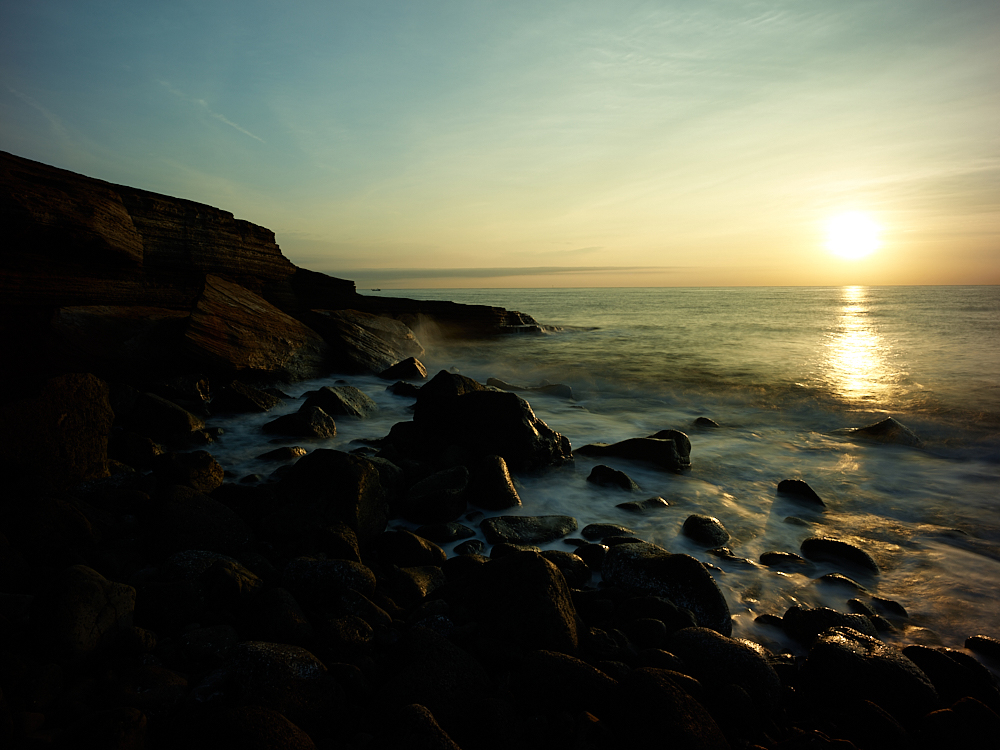
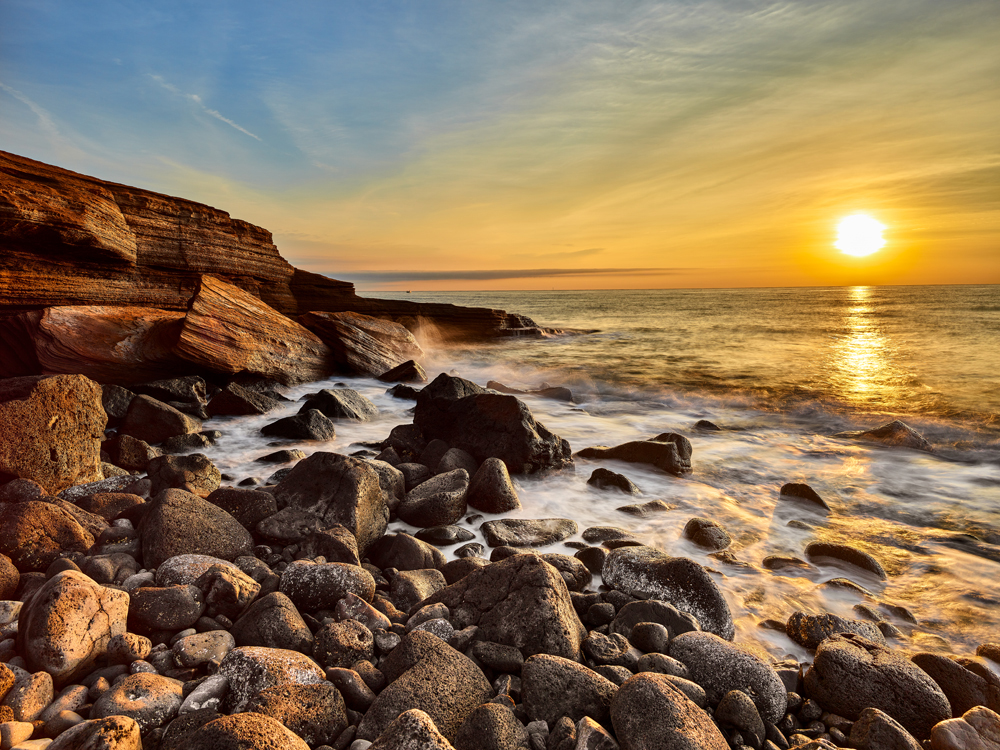
However, color issues emerged which weren’t expected with a digital back of this caliber. The most frequent problem was the green color cast that the sensor had, which had seen before buying it, but it became much more of a challenge to remove than previously thought. This was especially true when it came to landscape photography and trying to remove the color cast from a sunset if the LCC image had not been when the sun was higher in the sky. Many times, this left me feeling like I hadn’t captured what I saw in person and it became very frustrating to my artistic process.
Back on one of my architectural photoshoots, technical problems emerged with a dark blue wall covering made out of jute for an interior designer. Plant material, even dead plant material woven into fabric and glued to a wall, reflects in the near-infrared (NIR) part of the spectrum. When the color filter array on the sensor allows in NIR, the camera “sees” the color of that material fundamentally different than our human eyes. This is not something that proper color balance or a color checker can help correct. It is something that must be corrected in post-processing and, depending on the circumstances, can be quite difficult and time-consuming to correct. This fabric became a significant headache in post-processing, and it is situations like this why Phase One took the effort to create the Trichromatic back, which they announced just before doing this shoot, about three months after buying my IQ3 100MP back. However, it is fair to point out that no other system would have been able to solve this problem.
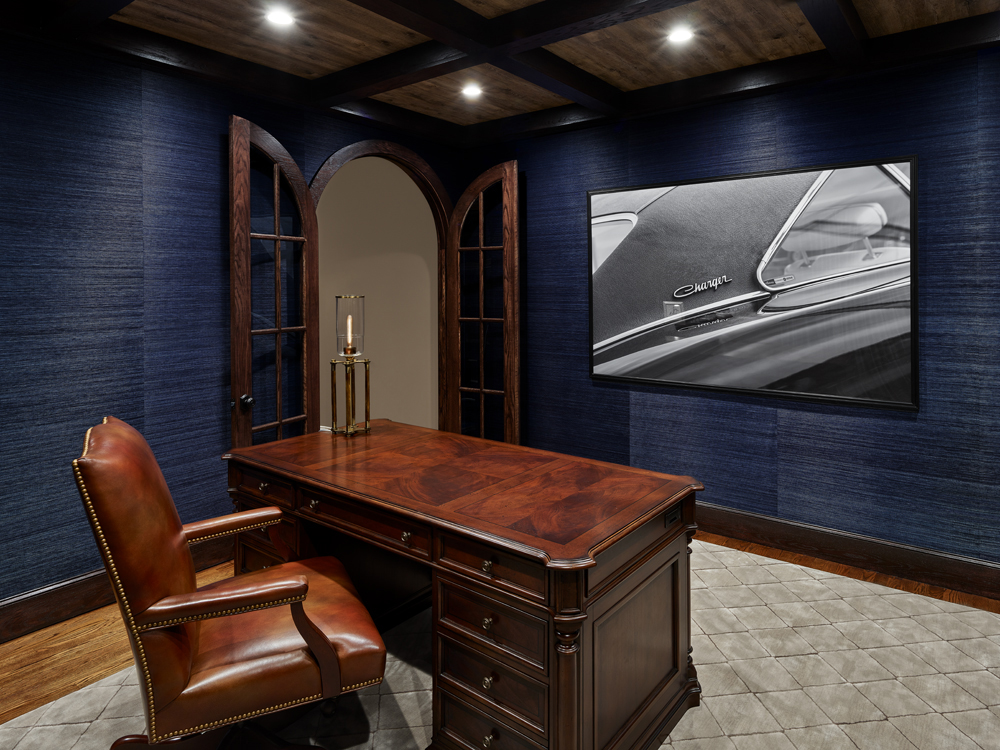
The New Cultural Environment
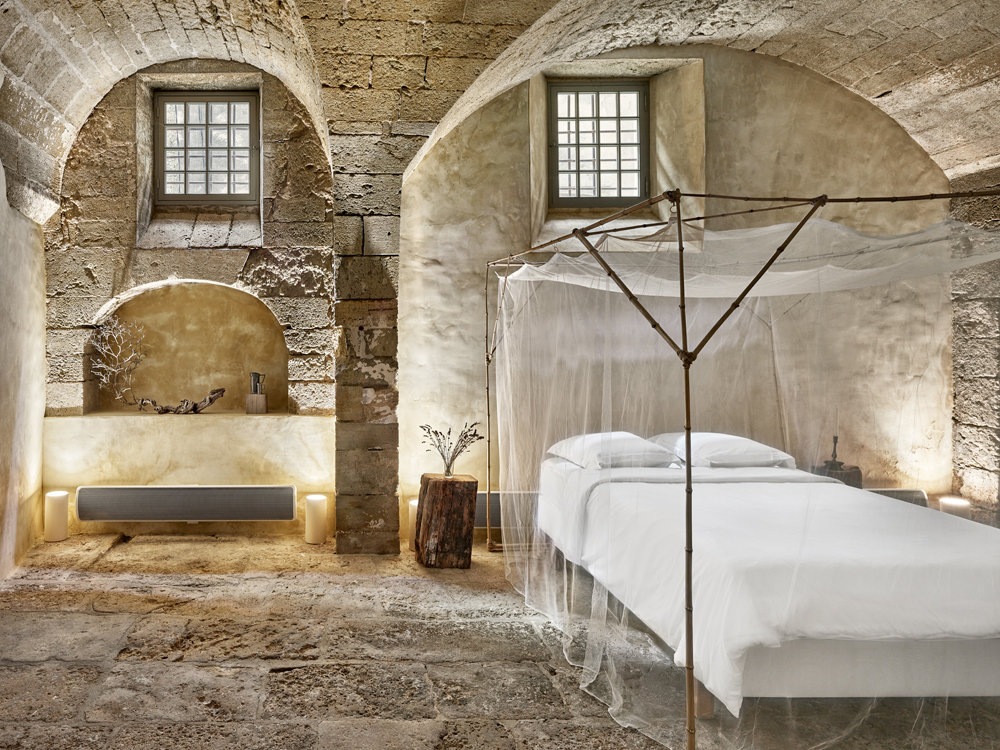
Back in France, as I continued to try to get things rolling, more obstacles were emerging. First, I was confronted with a cultural difference related to imagery. The clients with whom I wanted to work, other creative professionals, including some working for global product brands, and the general public all seemed to prefer a much less perfected image than what I was accustomed to in the U.S. Almost all of my clients in the U.S. wanted their images to look nearly like renderings by removing any imperfection. Small imperfections work together to create an image that is closer to what we encounter in everyday life, and everyone in France, whether they were from France, the UK, Italy, Spain, or Germany preferred the images to look less perfect, less like a rendering.
At the same time, I also noticed what I think is a trend among the more global architectural firms. To me, more of these firms are creating realistic renderings that look like what they once hired photographers to create and are instead using photographers in a more natural, documentary way to show how real people interact in the physical spaces and places they have created. While it is possible to create more documentary style images with a medium format tech camera than what I was producing for my clients in the U.S., it is much more practical to use a hand-holdable camera system whose presence has less of an impact on the behavior of people in the scene.
The Natural Beauty of Southern France
I also encountered strict yet good laws in France that protect the intellectual property of creatives. Permission was required from any living architects before photographing their work for my portfolio, even if the image created was from a public space and publicly viewable. In search of material, like old or even ancient architecture, and wanting to get to know the region around my new home, I began driving around and exploring. In doing this, I began to realize that where I live was even more beautiful than previously thought. Within an hour and a half drive from my home, there are mountains, gorges, cliffs, sandy beaches, rocky beaches, lagoons, estuaries, vineyards, multiple UNESCO World Heritage sites, and places recognized to be the most beautiful in France (Grands Sites de France). It’s an incredible amount of subject matter for a landscape photographer. A lifetime photographing the area around me could be spent and I was becoming inspired in a way I hadn’t been in years.
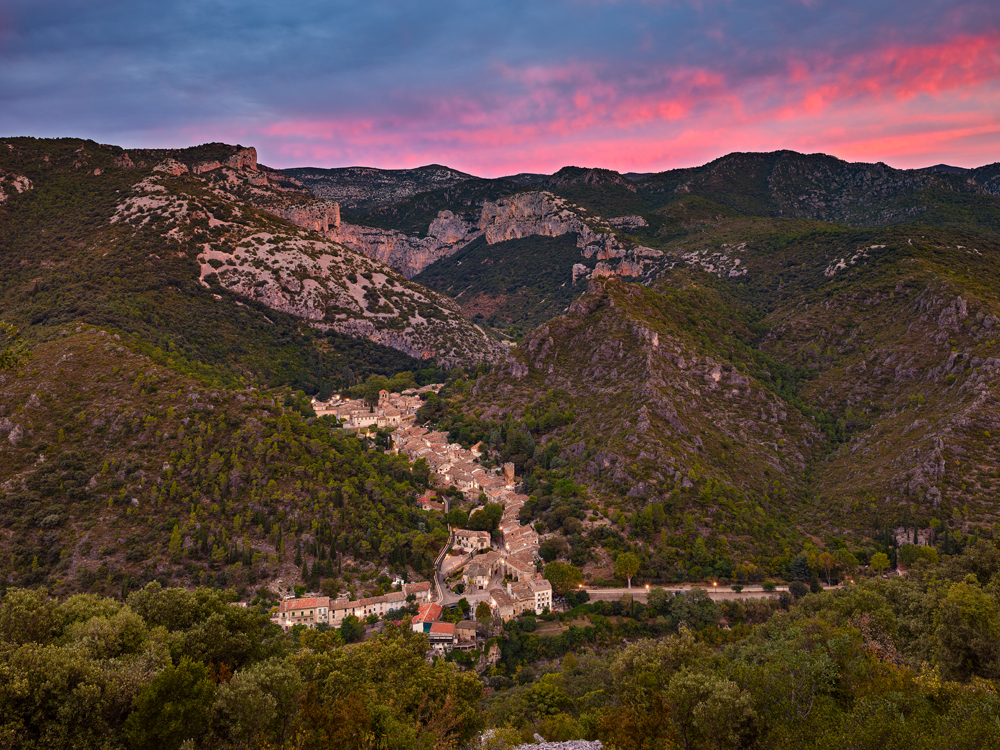
Then came the realization that the region I lived in is extremely supportive of artists and artisans. A place where people respect quality artisanal work and the effort that goes into making something beautiful. A local community of artists and artisans who support each other was discovered. A way of life that was slower and simpler, but requiring personal adjustments was unearthed. A decision had to be made to either continue to do what I had planned and expand my architectural photography business or spend time on at least two different continents, frequently leaving my kids, or I could simplify my life and carve out something working locally.
In spending more time photographing the landscape around me, I found myself recharged in a way I hadn’t in years. With architectural work, a client could be provided with the desired, but it rarely inspired me anymore. Hiking the in countryside around me, the light bouncing around in the crevices, filtering through the leaves, and reflecting off the water inspired me. My thoughts are that this is how Picasso, Gauguin, and Van Gogh all felt when they saw the light in nearby Arles. Limitations in the equipment were now beginning to keep me from responding artistically to my experiences.
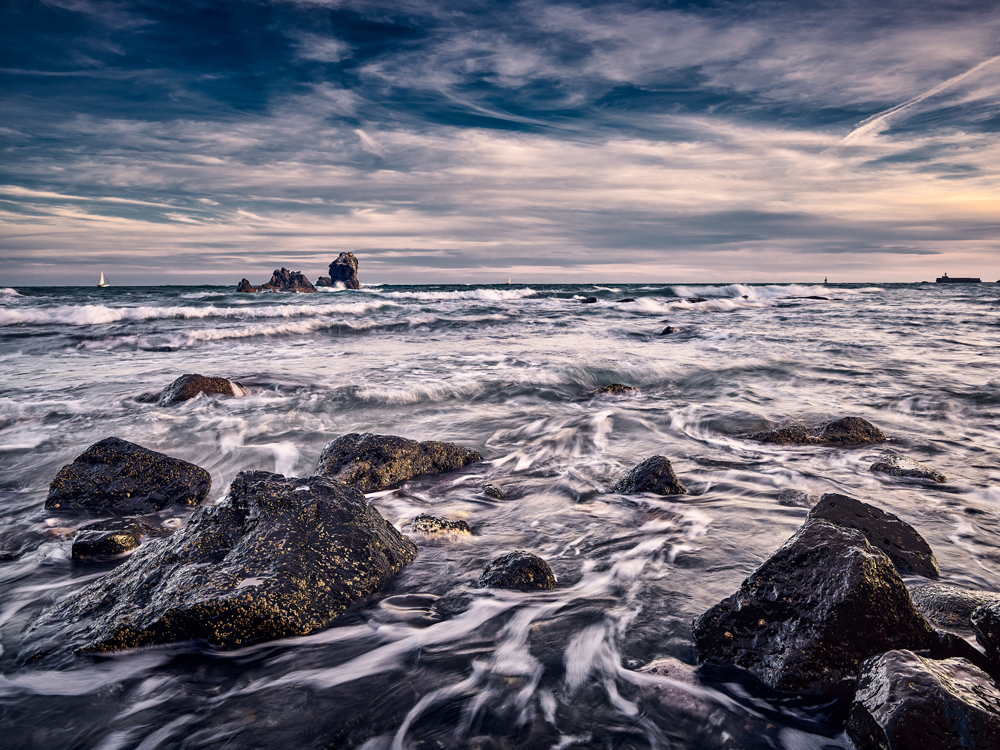
With the landscapes being photographing in southern France, 100 megapixels became more important and I loved photographing landscapes with the movements possible with a tech camera. It was great being able to use the optical movements to get everything from the foreground to the background in focus with the detail of 100 megapixels. The Phase One system was wonderful, but its limitations were becoming a problem.
Limitations Photographing Landscapes
Certain lighting situations were difficult to capture with my tech camera setup. This wasn’t because the lenses, camera, or back were incapable of it but because of the technical process necessary when dealing with short focal length lenses, shift movements, and non-backside illuminated sensors. The angle of the light hitting the well in which each photosite sits can cause color casts. This is something that the LCC feature in Capture One is great at removing. However, to subtract out the color cast, you need to take an image of an evenly illuminated, calibrated, white translucent filter covering the front of your lens. This works fine in most circumstances, but if there is a shadow falling across the front of your lens or you have a particularly strong sunset that causes variations in the color coming through the filter the LCC correction is useless, which makes it impossible to change the composition. This is something that Phase One appears to have mitigated with the BSI sensor in the IQ4 150MP back they introduced about a year after I bought my IQ3 100MP.
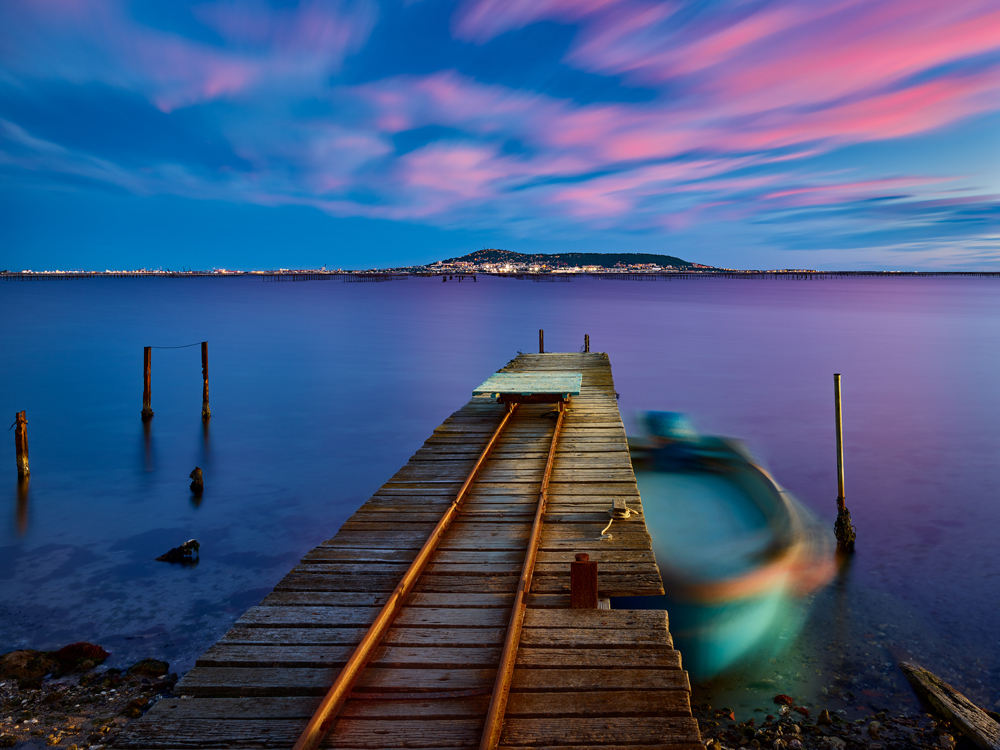
Creating night landscape photographs with star trails using the IQ3 100mp back was also problematic because the battery life was relatively short and there was no direct, easy way to give the back external power in the field. Each time the battery ran out I would’ve needed to physically touch the camera to replace the battery. As far as I could find, there was no way to provide power to the back from an external battery to keep the camera going.
There were times when I wanted to capture details of scenes that I couldn’t. A high-resolution, large-format macro lens or a longer focal length lens than what was available in high resolution, large image-circle lenses were necessary. Sure, the back was modular and could be used on a non-tech system to get these features, but the purchase another body would be required with a whole new set of lenses, which would have been quite costly.
Situations were experienced where I couldn’t capture certain dramatic lighting situations because there wasn’t any weather sealing in my equipment. Exposing tens of thousands of dollars’ worth of equipment to condensation from fog, much less rain from trying to capture an approaching storm or saltwater from large waves crashing on shore nearby was not acceptable.
Medium Format Innovation
Phase One then introduced the IQ4 150MP back, which with its many improvements over the IQ3 100MP back also has a pixel pitch of just 3.76 microns. This is compared to Phase One’s 100MP back’s 4.6 microns, which is already below Rodenstock’s official specification of 5 microns for its HR Digaron lenses. There has not been any indication that the Rodenstock HR Digaron lenses can resolve to the 3.76-micron pixel pitch of the 150MP back.
When buying the Phase One system, it looked like the rate at which Phase One was replacing their backs with new versions and camera systems was at a slower pace than the smaller format systems, so I thought the depreciation of my equipment on the market would happen at a slower rate. So, it caught me by surprise when I realized that two years after I bought my IQ3 100MP back Phase One had released two new backs and my back was now worth about 75% less. Had high dollar shoots every month had been booked, this would have all just been a cost of doing business, but they hadn’t.
In Comes Fujifilm’s GFX 100
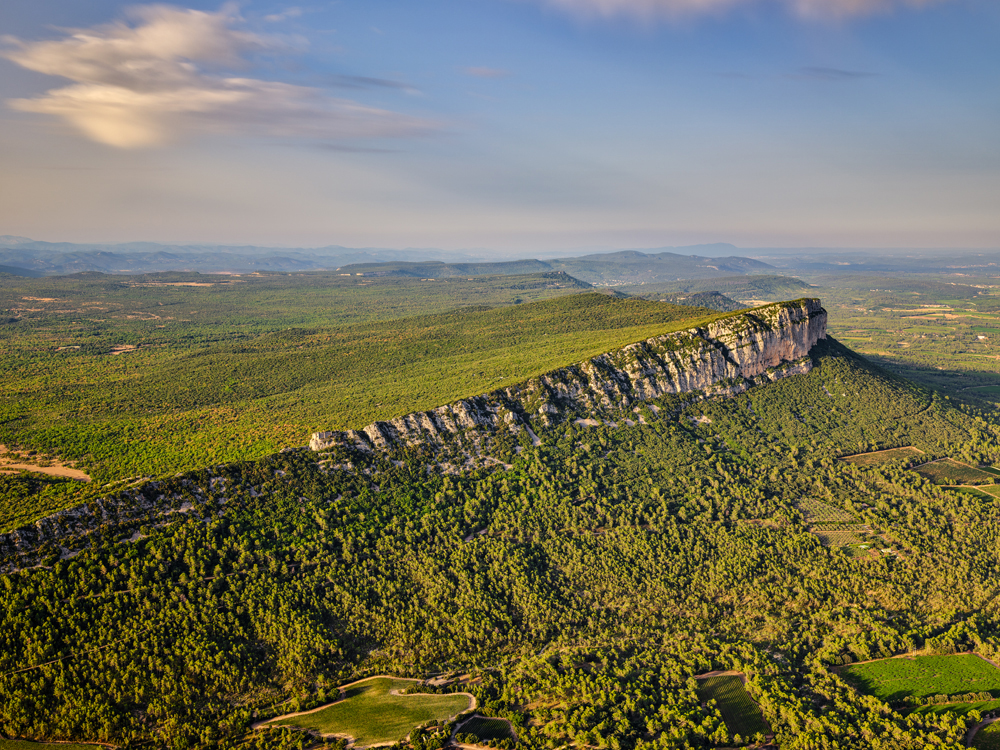
Shortly afterward, Fuji started teasing the GFX 100, which was going to use a smaller version of the same chip that Phase One uses in the IQ4 150MP. It was going to have in-body image stabilization and would be in the body of a camera about the size of my full-frame DSLR with an attached grip. Sony’s specifications of the chip said that it had native 16-bit color support, and Fuji said that it would probably sell for about 1/5th the cost of my IQ3 back. On top of that, it had weather sealing, it was now supported by Capture One, something I didn’t want to give up, and their lenses would be able to resolve to at least 100 megapixels. I thought this camera was going to be something that could really benefit me and could change the medium format side of the industry. I also thought it had the potential to decrease the demand for my IQ3 back and might further devalue its resale value.
All this very intriguing, and one of France’s professional camera dealers let me borrow a GFX 50s and a couple of lenses for a few days to give it a try. Keeping in mind this was not the desired camera, I took it out and shot with it. Shooting side by side with my Phase One and Arca-Swiss system, I found out, most significantly, I was only giving up native tilt-shift movements and extremely precise manual focusing, as long as the image quality of the GFX 100 came close to matching the IQ3 100MP back. However, was much to be gained. I would get weather sealing, the ability to shoot in rapidly changing light conditions, a macro lens that could resolve to the sensor’s resolution, and longer available focal lengths.
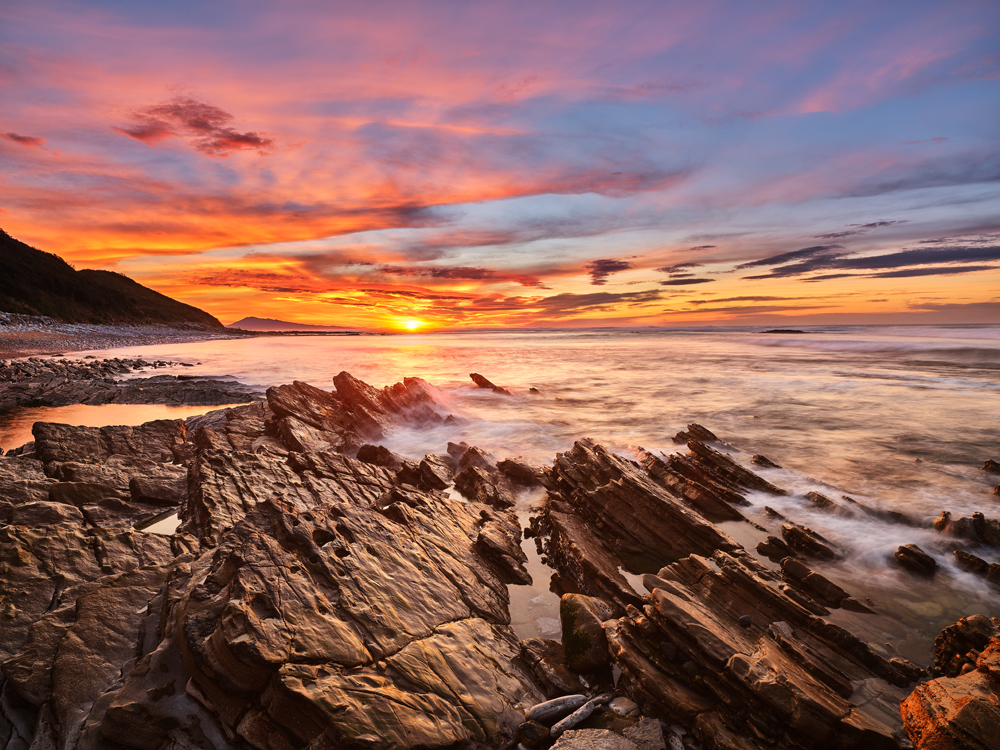
Something unexpected was discovered, I absolutely loved Fuji’s film simulation profiles for raw files and how they looked in Capture One. Many years ago, when I used film, I loved shooting Provia and especially Velvia. It was always felt that the color from my digital cameras, even with a lot of tweaking in my raw converters, just never quite gave me the colors liked so much from film. It was always lacking something. Fuji’s color profile for Velvia, rendered with Capture One, was so close to what I remembered shooting with film blew me away. While the color that could eventually be gotten from the Phase One back was incredible due to the large bit depth and dynamic range, a lot more work was necessary to get the color wanted from its base profile due to the green color cast, and yet it still lacked a certain quality as Fuji’s films. With the Fuji GFX, the color was already 90% there when the shutter button was clicked.
When the GFX 50R began to hit the market in France, I drove into my dealer to see what it was like to hold. Although I knew it would fit the bill as a walk-around camera for me, it felt significantly better in my hands than I thought. Having a hand-holdable, rangefinder-style camera of medium format quality with an aperture ring and a shutter speed dial was wonderful. Returning to dedicated knobs and dials has helped me in my creative process, much like painters like to use certain kinds of brushes for the way they feel. It was also at this point that merge my full-frame DSLR and Phase One/Arca-Swiss systems into one was the way forward. One set of lenses and two bodies would serve different functions for my different needs.
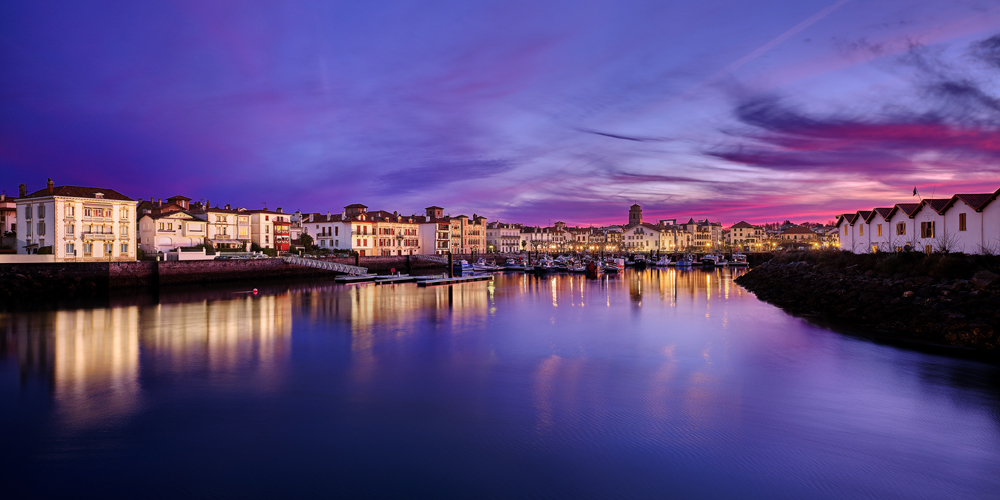
The quality of the Fuji lenses is a delight. The image quality was every bit of what I had remembered from their medium and large format film lenses. The color rendering was in the range of what I like, and the metal construction really appealed to my tactile senses. If a leaf shutter was required, a Fuji-made adapter can be used with Fuji-made Hasselblad H series lenses to a maximum shutter speed of 1/800th second. However, it is more likely that my Profoto lights with HSS sync up to 1/4000th second when needed will be used.
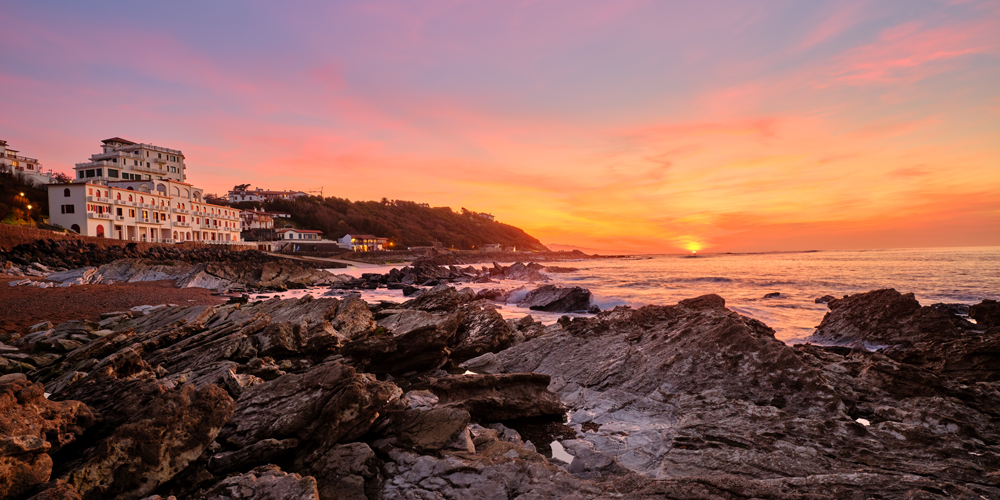
More details emerged about the GFX 100, and Fuji confirmed that it would have native 16-bit color. Then they held an event and asked the general public which lenses they wanted to be developed, and when it came to the GFX it was only a list of tilt-shift lenses. To me this confirmed they weren’t just messing around about the idea of tilt-shift lenses that they were at least seriously considering producing one or more, which was very important to me. With this knowledge, and knowing that even if they don’t introduce a native tilt-shift lens I can still adapt other tilt-shift lenses to use on the GFX bodies, I knew my decision had been made, and I started the process of switching systems.
One System
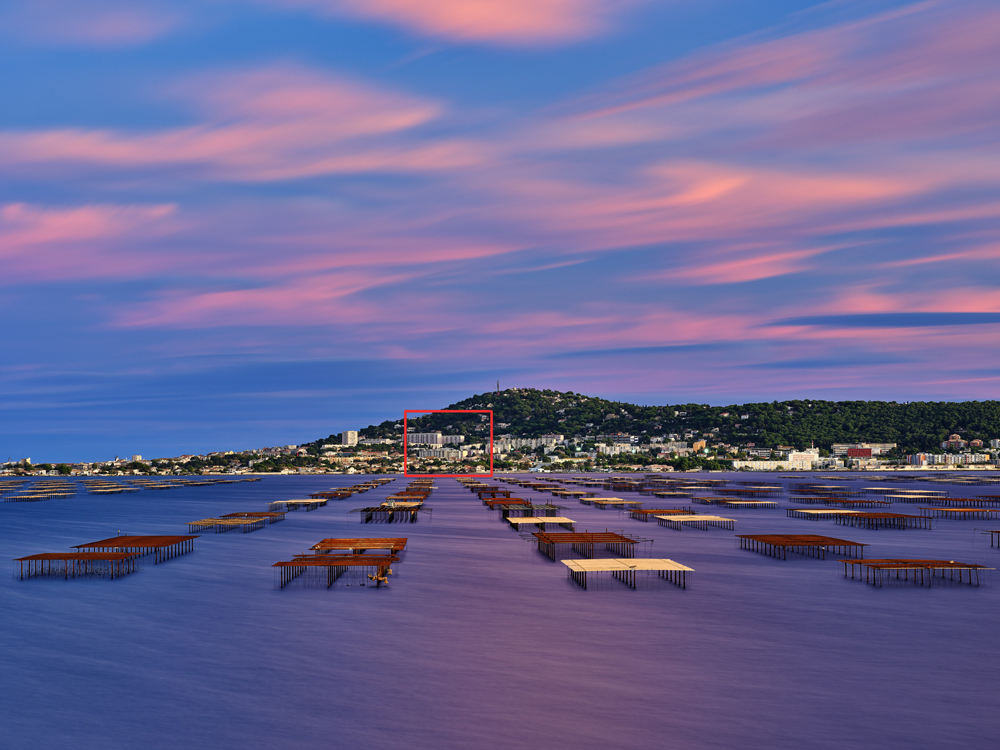
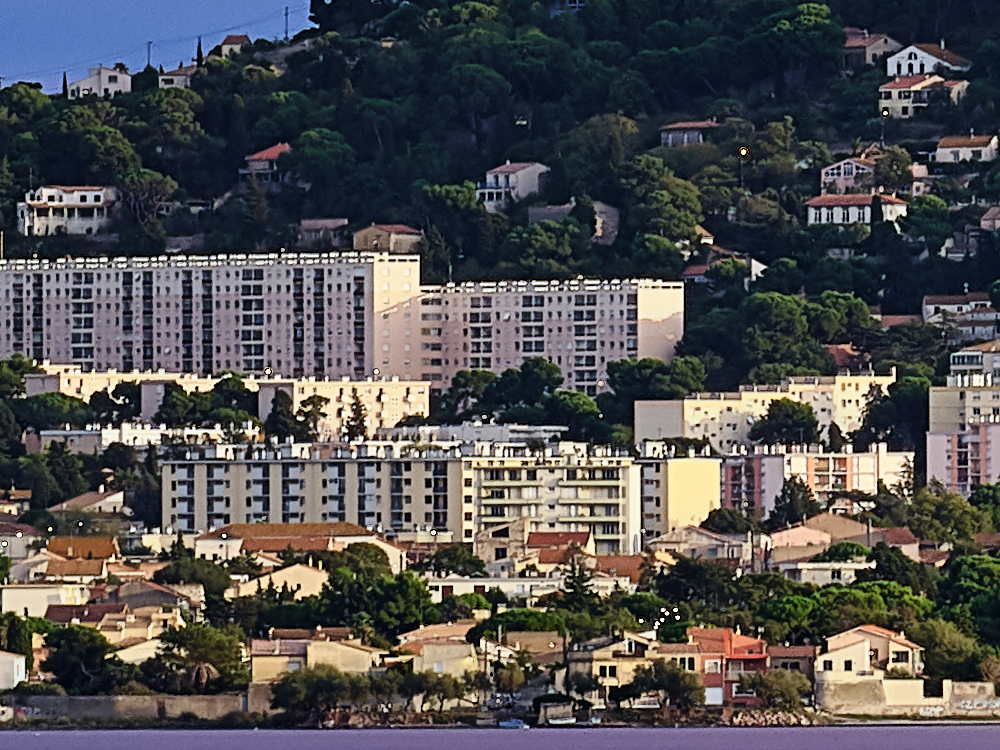
I now have one system. No longer is there a decision between shooting a project with full-frame or medium format. The cost of the gear fits better with the current rate of innovation in medium format systems. No longer is there a worry about making sure my bottom line compensates for a $30,000 to $40,000 drop in the value of my equipment in two years or having to upgrade to another $50,000 back to deal with the technical limitations of the one currently own. It makes packing for a trip and bidding on projects much simpler. 100-megapixel, 16-bit images with Fuji color in the same situations I could with my DSLR can be captured, responding to fast-changing lighting conditions and in inclement weather, and yet the expectations of both my commercial and fine art clients are met.
I’ve had the GFX 50R for several months now and several images made with it have been sitting in my gallery side-by-side with images made with the Phase One, Arca-Swiss, and Rodenstock system. Interior spaces are smaller here, so the demand for giant prints isn’t what it is in the States for the average client. All my images are printed, mounted, and framed by myself. Due to my own space limitations, the largest prints I can produce are 120cm (about 47 ¼ inches) on the long side. Also, my 100cm x 75cm (about 39.4 x 29.5 inch) prints at 300dpi are very near the native resolution of a 100-megapixel sensor. Images can be printed up to twice their native resolution before things start falling apart. This combined with limited interior spaces here is why, for me, even without the financial aspects, the IQ4 150MP back simply wasn’t even worth considering and why the GFX 100 fit the bill so nicely. Also, people visiting my gallery respond to the images shot with my GFX 50R just as much as they do the ones shot with the Phase One.
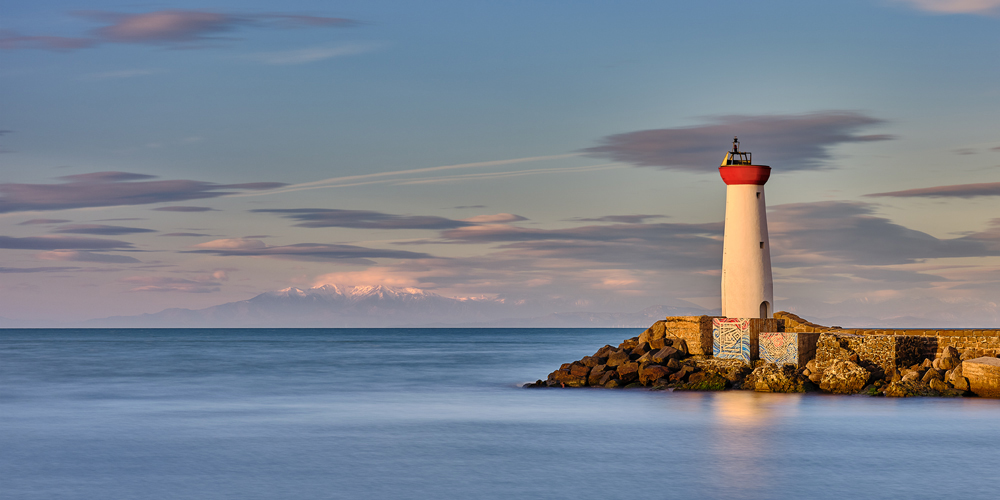
The GFX 100 hasn’t been with me for very long, and I’m still getting to know the camera and the system, but the images from the GFX and GF lenses resolve the same level of detail and are just as sharp as the Rodenstock lenses with the IQ3 100MP back. Does Fuji’s color filter array solve the issue with NIR and UV that Phase One’s Trichromatic back does? Unknown, as I haven’t had to photograph a material like that since making the switch. However, it’s virtually equal to the IQ3 100MP as far as dynamic range and noise, but this is all anecdotal. I haven’t and won’t be doing any scientific testing. Of more concern is whether it will work for me and whether the final images meet my expectations in image quality. So far it has been working and the image quality has been everything I need. When printed at my largest size, the level of sharp detail in the GFX 100 images is the same as IQ3 100MP images. The gains realized in the ease of use, quicker setup, the ability to react to changing scenery and light, shoot through the night, and a great starting point for color have been immense. The flexibility to shoot other kinds of commercial assignments if I need to take on some additional jobs is a huge benefit. The camera can be powered through the USB-C port, meaning I can now use an external battery to keep on shooting when the internal batteries run out and don’t have to touch the camera in the middle of a very long sequence, such as photographing star trails.

Phase One, Arca-Swiss, and Rodenstock all make absolutely amazing products, and so does FujiFilm. I am very happy with using the new system, and I’m extremely happy with all aspects of the image quality. The only thing missing is native tilt-shift lenses, especially lenses designed to give lens tilt and back shift. For me, this is important because back shift doesn’t affect perspective and I spend a lot of time finding the precise perspective desired. Given that, as far as I know, Fuji tilt-shift lenses are nothing more concrete than the responses to a question they asked users a year ago, this is a question that might take a long time to answer. Perhaps, however, Fuji really is listening to their consumers and the last outstanding item on my list isn’t as far off as I think.
David Meaux
January 2020
Saint-Pons-de-Mauchiens, Hérault
David Meaux is an international landscape, nature, still life and architecture photographer based in southern France. Having the goal of expanding his photography business to France and Europe and being an American with French heritage, he decided to relocate to the Hérault department in Occitanie in 2017 with his wife, who is originally from France, and his two children. Throughout the years, he has had the opportunity to work with architects, project managers, contractors, designers, wineries, distilleries and restaurants. This wealth of experience has helped diversify his portfolio, perfect his skills and refine his artistic expression. He recently opened his own fine art gallery in Saint-Pons-de-Mauchiens, which features photographs from Occitanie and beyond. He holds an Associate of Applied Science degree in Photographic Technology from Randolph Community College in Ashboro, North Carolina, USA. He also holds a Bachelor of Arts in Journalism and Mass Communication with specializations in Photojournalism and Multimedia Design and a Master of Arts in Geography with specializations in Remote Sensing and Geographic Information Systems (G.I.S.), both from the University of North Carolina at Chapel Hill. David leverages this foundation to deliver master-crafted images that capture the essence of places and spaces while meeting the technical demands of architectural and landscape photography. Ever since a young age, photography has always been his passion, as much for its artistic side as well as its technical side. Photography offers him a way to express his artistic vision of the world and the beauty that surrounds us as well as prolonging short-lived extraordinary moments in time. His photographic style is minimalistic centered on geometry, color, light and texture and placing emphasis on the spirit of a place or an object. His work is characterized by his ability to balance technical expertise with personal attention to quality and details. He is available for work in France, Europe, and worldwide.




